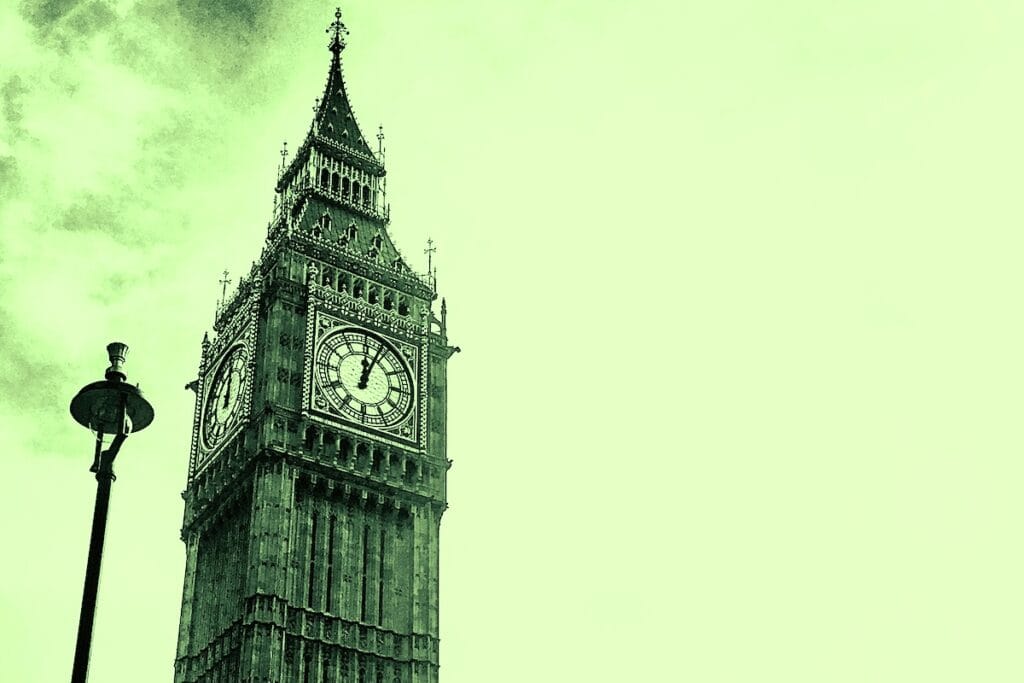
New Writing: With campaigns run, votes cast, seats won and lost, the UK finally has a new Government. So, writing for The Hub, the award-winning content platform curated by Mitsubishi Electric, Jim McClelland asks: What does all this mean for business and the built environment?
It is over, at last; no more dull TV debates, candidate name-calling, or constituency junk mail. At least for now, UK Government can get back to the business of running the country.
So, how confident are we that the new Government can deliver on its campaign promises?
Cabinet experience and expertise
Well, one of the more encouraging arguments in favour of the incoming administration being able to effect meaningful change is the make-up of the new Cabinet.
The previous government was exhibiting all the symptoms of a depleted squad of Ministers, as a result of years of revolving-door policy at Number 10. Multiple leadership changes and Cabinet reshuffles meant many of the more obvious candidates had been and long gone, leaving less credible colleagues in post.
By contrast, Labour can field a starting selection of MPs with direct relevant experience and expertise, both personally and professionally, making them strong options for their roles.
Perhaps the most impactful pick might be former Labour Party Leader Ed Miliband MP as Secretary of State for Energy Security and Net Zero. Miliband has a deep knowledge and understanding of the sector and the agenda, having been Secretary of State for what was then a newly created Department for Energy and Climate Change, as far back as 2008-10, under Prime Minister Gordon Brown MP.
Prospects under a ‘clean energy superpower’
So, what should we expect in the first 100 days?
Back in 1997, when Labour last came back to power after a long dark spell in opposition, they declared their intention under Tony Blair to ‘hit the ground running’, granting the Bank of England independence for monetary policy in a landmark move on Day One.
Whilst not delivering quite the same iconoclastic gut punch to traditionalists, the ascension of Keir Starmer does seem to be following a similar fast-start playbook. Under a banner of ‘Get Britain building again’, the new Chancellor of the Exchequer Rachel Reeves MP has immediately fired an opening salvo in the battle to improve the planning process and stimulate investment in infrastructure.
Reeves not only announced support for local authorities in the shape of 300 more planning officers countrywide, but also a big boost for clean power, too, in a bold statement backing renewables: “As of today, we are ending the absurd ban on new onshore wind in England.”
Green jobs and warm homes
These early-doors initiatives are aligned with pledges in the Labour Party 2024 Manifesto.
At the heart of the Party’s bid to make Britain a clean energy superpower will be its Green Prosperity Plan where, in partnership with business through the National Wealth Fund, Government will invest to create 650,000 jobs across the country by 2030.
As part of its Warm Homes Plan, the Government aims to improve energy efficiency in British homes as well, by investing an extra £6.6bn over this first term in office
To read more about key new Cabinet appointments, initial policy statements and plans for clean energy, planning and housing, in particular, check out the full-length article published exclusively on The Hub:
We have a new Government — so, what next?
To view a back-catalogue of articles authored by Jim McClelland for ‘The Hub’, please see archive here.
SUSTMEME: Get the Susty Story Straight!






